Home>Furniture & Design>Interior Design Trends>How To Remove Dabs From Glass
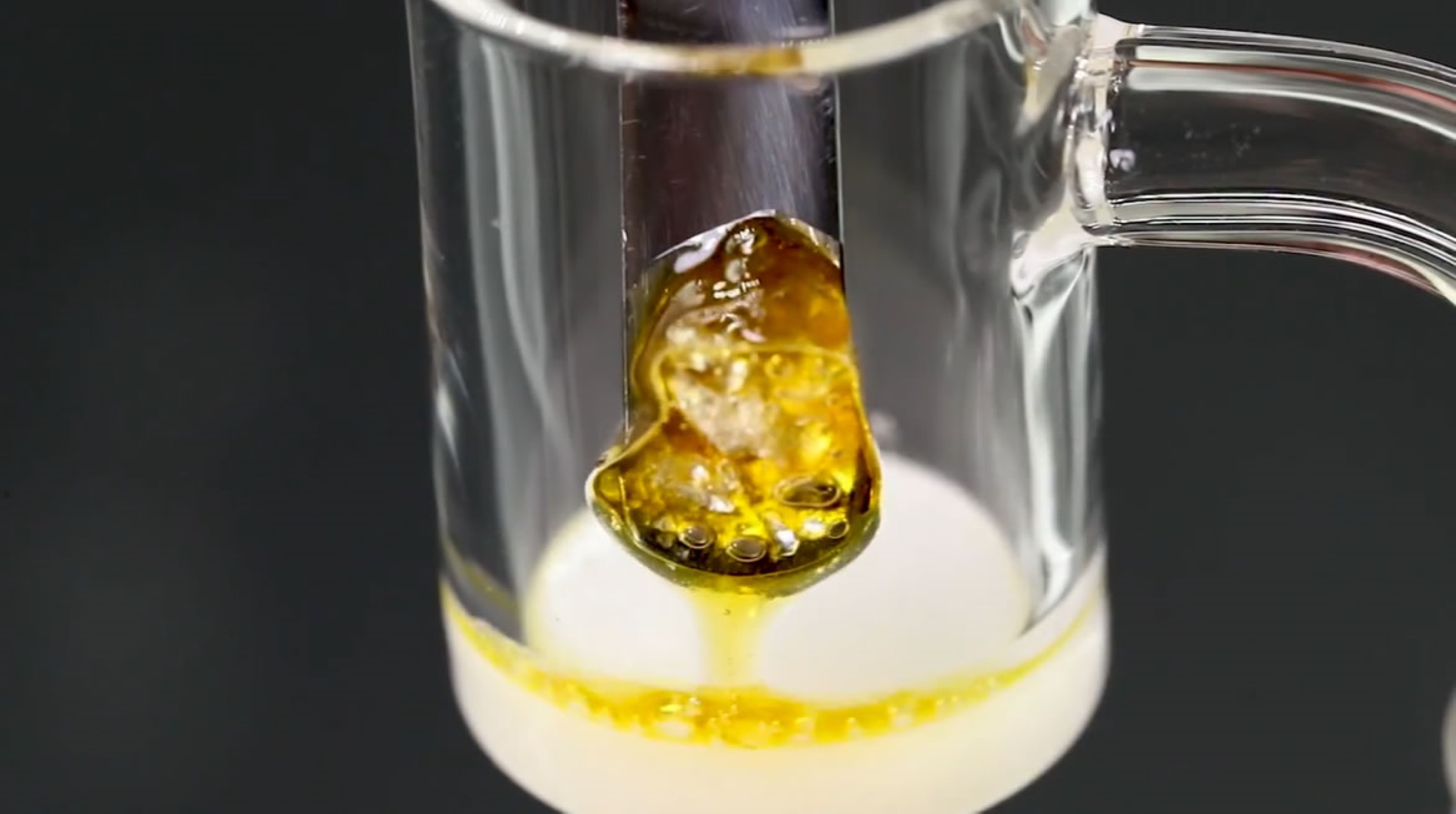

Interior Design Trends
How To Remove Dabs From Glass
Modified: August 16, 2024
Learn effective techniques for removing dabs from glass surfaces. Discover the latest interior design trends for a stylish and modern home.
(Many of the links in this article redirect to a specific reviewed product. Your purchase of these products through affiliate links helps to generate commission for Storables.com, at no extra cost. Learn more)
Introduction
Removing dabs from glass can be a challenging task, especially if you're dealing with stubborn residue. Whether you're a seasoned dabber or new to the world of concentrates, knowing how to effectively clean your glassware is essential for maintaining a pleasant and flavorful dabbing experience. Residual dabs can not only affect the taste of your concentrates but also compromise the functionality and aesthetic appeal of your glass pieces.
In this comprehensive guide, we'll walk you through the step-by-step process of removing dabs from glass, ensuring that your dab rig, bong, or other glassware is pristine and ready for your next session. With the right materials and techniques, you can restore your glass to its former glory, allowing you to enjoy the full flavor and potency of your concentrates without any lingering residue.
By following the methods outlined in this guide, you'll be equipped with the knowledge and skills to effectively remove dabs from your glass, prolonging the lifespan of your beloved glassware and enhancing your overall dabbing experience. So, let's dive in and explore the materials and steps needed to achieve a clean and pristine glass surface for your next dabbing session.
Key Takeaways:
- Say goodbye to stubborn dab residue by heating the glass and using tools like dabbers and cotton swabs to effectively remove dabs without damaging your glassware. Enjoy a pristine and flavorful dabbing experience with these expert cleaning tips!
- Keep your glassware sparkling clean and ready for your next dabbing session by using isopropyl alcohol, coarse salt, and rice to thoroughly remove dabs. With the right materials and techniques, you can maintain a pleasant and flavorful dabbing experience.
Read more: How To Use A Glass Dab Banger
Materials Needed
To effectively remove dabs from glass, you'll need a few essential materials to ensure a thorough and successful cleaning process. These items are readily available and will equip you with the necessary tools to tackle even the most stubborn residue. Here's a comprehensive list of the materials needed:
-
Isopropyl Alcohol (91% or higher): Isopropyl alcohol is a key component in cleaning glassware, as it effectively breaks down and dissolves dab residue. Opt for a high concentration, such as 91% or higher, for maximum cleaning power.
-
Coarse Salt or Rice: Coarse salt or rice serves as an abrasive agent when combined with isopropyl alcohol, aiding in the removal of stubborn dabs. The coarse texture helps to dislodge residue from hard-to-reach areas within the glass.
-
Cotton Swabs or Pipe Cleaners: These tools are essential for reaching tight spaces and crevices within your glassware. They allow for precise cleaning and ensure that no residue is left behind.
-
Plastic Ziplock Bags or Sealable Containers: These are used for soaking smaller glass pieces, such as bowls, downstems, or smaller rigs. The sealable nature of these containers allows for easy and mess-free soaking.
-
Rubbing Alcohol Wipes: These wipes are convenient for wiping down the exterior of your glassware, removing any fingerprints, smudges, or residual stickiness.
-
Rubber or Silicone Stoppers: If you're cleaning a larger glass piece, such as a bong, having rubber or silicone stoppers on hand will allow you to seal off openings, making it easier to shake and agitate the cleaning solution inside.
-
Gloves: While not essential, wearing gloves can protect your hands from the cleaning solution and ensure a hygienic cleaning process.
-
Microfiber Cloth or Paper Towels: These are used for drying and polishing your glassware after the cleaning process, leaving it sparkling and free of streaks.
By gathering these materials, you'll be well-prepared to tackle the task of removing dabs from your glassware effectively. With the right tools at your disposal, you can ensure a thorough and meticulous cleaning process, restoring your glass to its pristine condition for an optimal dabbing experience.
Step 1: Heating the Glass
Before diving into the cleaning process, it's essential to prepare the glass for the removal of dabs. Heating the glass is a crucial initial step that helps to loosen and soften the stubborn residue, making it easier to remove. This method is particularly effective for dealing with hardened dabs that have adhered to the glass surface over time.
To begin, fill a bowl or basin with hot water, ensuring that it's not boiling but hot enough to create steam. Submerge the glass piece in the hot water, allowing it to soak for a few minutes. The heat from the water will gradually warm the glass, causing the residual dabs to soften and become more pliable.
Alternatively, if you're dealing with a smaller glass component, such as a bowl or downstem, you can use a heat source, such as a hairdryer or a heat gun, to gently warm the glass. Hold the heat source a few inches away from the glass and move it around to evenly distribute the heat. Be cautious not to overheat the glass, as extreme temperatures can cause thermal stress and potentially damage the glass.
The application of heat serves to expand the glass slightly, which can help to release the stubborn dabs from the surface. This preliminary step is instrumental in preparing the glass for the subsequent cleaning process, ensuring that the residue is more receptive to the cleaning solution and removal techniques.
By heating the glass, you're effectively priming it for the cleaning process, setting the stage for a more efficient and thorough removal of dabs. This method softens the residue, making it easier to scrape and dissolve during the subsequent cleaning steps. With the glass adequately heated, you're now ready to proceed to the next step of scraping the dabs, armed with softened residue that's more responsive to the cleaning process.
Step 2: Scraping the Dabs
With the glass adequately heated and the residual dabs softened, the next crucial step in the cleaning process involves scraping the dabs from the glass surface. This step requires precision and care to effectively dislodge the residue without causing any damage to the glassware. There are several methods and tools that can be employed to scrape the dabs, each offering unique advantages for tackling different types of residue and glassware.
Method 1: Using a Dab Tool
A dab tool, also known as a dabber, is a specialized instrument designed for handling concentrates. Its fine, pointed tip and slender profile make it ideal for gently scraping and dislodging dabs from the glass surface. To begin, carefully insert the tip of the dab tool under the softened dab, applying gentle pressure to lift and separate it from the glass. Work methodically, moving the tool along the surface to gradually release the residue. Take care to avoid using excessive force, as this can potentially scratch or damage the glass.
Read more: How To Remove Resin From Glass
Method 2: Employing a Plastic Scraper
For larger glass pieces, such as bongs or rigs, a plastic scraper can be a valuable tool for removing dabs. The soft, non-abrasive nature of a plastic scraper minimizes the risk of scratching or marring the glass surface while effectively dislodging the residue. Hold the scraper at a shallow angle and gently glide it along the glass, allowing the softened dabs to release and accumulate for easy removal. This method is particularly useful for addressing larger surface areas and intricate glass designs.
Method 3: Utilizing Cotton Swabs or Pipe Cleaners
In cases where the residue is nestled in tight crevices or hard-to-reach areas, cotton swabs or pipe cleaners can be employed to meticulously remove the dabs. Dip the cotton swab or pipe cleaner in isopropyl alcohol and carefully maneuver it into the confined spaces, gently agitating and dislodging the softened residue. This method allows for precise cleaning, ensuring that even the most intricate parts of the glassware are free from residual dabs.
Method 4: Employing Coarse Salt or Rice
In conjunction with the scraping tools, the abrasive properties of coarse salt or rice can aid in dislodging stubborn dabs from the glass surface. When combined with isopropyl alcohol, these abrasive agents create a scrubbing action that helps to break down and remove the residue. Add a small amount of coarse salt or rice to the glassware, along with isopropyl alcohol, and gently agitate the mixture to facilitate the cleaning process. The abrasive action of the salt or rice, combined with the scraping tools, ensures a comprehensive removal of dabs from the glass.
By employing these methods and tools, you can effectively scrape and dislodge the softened dabs from the glass surface, preparing it for the final step of cleaning. With the residue successfully removed, the glassware is now ready for the subsequent cleaning process, ensuring a thorough and meticulous restoration of its pristine condition.
Step 3: Cleaning the Glass
After successfully scraping and dislodging the softened dabs from the glass surface, the next critical step involves thoroughly cleaning the glassware to ensure the complete removal of any residual residue. This step is essential for restoring the glass to its pristine condition, free from any lingering traces of dabs that could impact the flavor and quality of future dabbing sessions.
Read more: How To Remove Rust From Glass
Submerging in Isopropyl Alcohol Solution
To initiate the cleaning process, prepare a cleaning solution by combining isopropyl alcohol with water in a ratio of 1:1. The diluted alcohol solution serves as a potent cleaning agent, effectively dissolving any remaining traces of dabs and providing a thorough cleanse for the glassware. For smaller glass components, such as bowls or downstems, place them in a plastic ziplock bag or sealable container filled with the alcohol solution, ensuring that the glass is fully submerged. This soaking method allows the cleaning solution to penetrate and cleanse the intricate components, ensuring a comprehensive removal of residual dabs.
Agitating and Swirling
Once the glassware is submerged in the alcohol solution, gently agitate and swirl the container to facilitate the cleaning process. The swirling action helps to dislodge any remaining residue and allows the cleaning solution to reach all areas of the glass surface, ensuring a thorough and uniform cleanse. For larger glass pieces, such as bongs or rigs, sealing off the openings with rubber or silicone stoppers and shaking the glass gently can achieve a similar agitating effect, ensuring that the cleaning solution reaches all interior surfaces.
Scrubbing and Polishing
After soaking and agitating the glassware, use cotton swabs or pipe cleaners dipped in the alcohol solution to meticulously scrub and clean the intricate parts of the glass, ensuring that no residual dabs remain. The absorbent nature of the cotton swabs and the flexibility of pipe cleaners allow for precise cleaning, reaching even the most challenging areas of the glassware. Additionally, utilize rubbing alcohol wipes to thoroughly wipe down the exterior of the glass, removing any residual stickiness, fingerprints, or smudges and leaving the surface pristine and free of any lingering residue.
Drying and Polishing
Once the cleaning process is complete, carefully remove the glassware from the alcohol solution and rinse it with warm water to remove any remaining traces of the cleaning solution. Use a microfiber cloth or paper towels to thoroughly dry and polish the glass, ensuring that it is free of streaks and water spots. The drying and polishing stage is crucial for achieving a sparkling and immaculate finish, ready for your next dabbing session.
By meticulously following these cleaning steps, you can ensure that your glassware is thoroughly cleansed and free from any residual dabs, allowing you to enjoy the full flavor and potency of your concentrates without any lingering residue. With the glass now restored to its pristine condition, you're ready to embark on a seamless and enjoyable dabbing experience, knowing that your glassware is impeccably clean and optimized for optimal performance.
Read more: How To Remove Adhesive From Glass
Conclusion
In conclusion, the process of removing dabs from glass is a meticulous yet rewarding endeavor that ensures the optimal performance and aesthetic appeal of your glassware. By following the step-by-step methods outlined in this guide, you can effectively restore your glass to its pristine condition, free from any residual dabs that could compromise the flavor and quality of your dabbing experience.
The initial step of heating the glass serves as a crucial preparatory stage, softening the stubborn residue and priming it for the subsequent cleaning process. This method sets the stage for a more efficient and thorough removal of dabs, ensuring that the residue is more responsive to the cleaning solution and removal techniques.
Scraping the dabs from the glass surface requires precision and care, with various methods and tools available to dislodge the softened residue. Whether utilizing dab tools, plastic scrapers, cotton swabs, or abrasive agents such as coarse salt or rice, the goal is to meticulously remove the dabs without causing any damage to the glassware.
The final step of cleaning the glass involves submerging the glassware in an isopropyl alcohol solution, agitating and swirling to facilitate the cleaning process, and meticulously scrubbing and polishing to ensure a thorough removal of residual dabs. This comprehensive cleaning process leaves the glass sparkling and immaculate, ready for your next dabbing session.
By equipping yourself with the essential materials and following the detailed steps outlined in this guide, you can confidently tackle the task of removing dabs from your glassware, prolonging the lifespan of your beloved pieces and enhancing your overall dabbing experience. With the right tools and techniques at your disposal, you can maintain a clean and pristine glass surface, ensuring that each dabbing session is a flavorful and enjoyable experience.
In essence, the process of removing dabs from glass is not only a practical cleaning task but also a means of preserving the integrity and performance of your glassware. By investing the time and effort into effectively cleaning your glass, you can savor the full flavor and potency of your concentrates, knowing that your glassware is impeccably clean and optimized for an exceptional dabbing experience.
Now that you've mastered removing dabs from glass, why stop there? Keeping your home pristine involves tackling various challenges, such as stubborn marks on different surfaces. One common nuisance is a stained toilet seat, which can make even the cleanest bathroom look unkempt. If you're puzzled over how to restore your toilet's cleanliness, our next guide provides practical advice on effective stain removal methods that are simple and quick to apply. Don't let stains set the tone in your bathroom; learn how to get them off effortlessly.
Frequently Asked Questions about How To Remove Dabs From Glass
Was this page helpful?
At Storables.com, we guarantee accurate and reliable information. Our content, validated by Expert Board Contributors, is crafted following stringent Editorial Policies. We're committed to providing you with well-researched, expert-backed insights for all your informational needs.
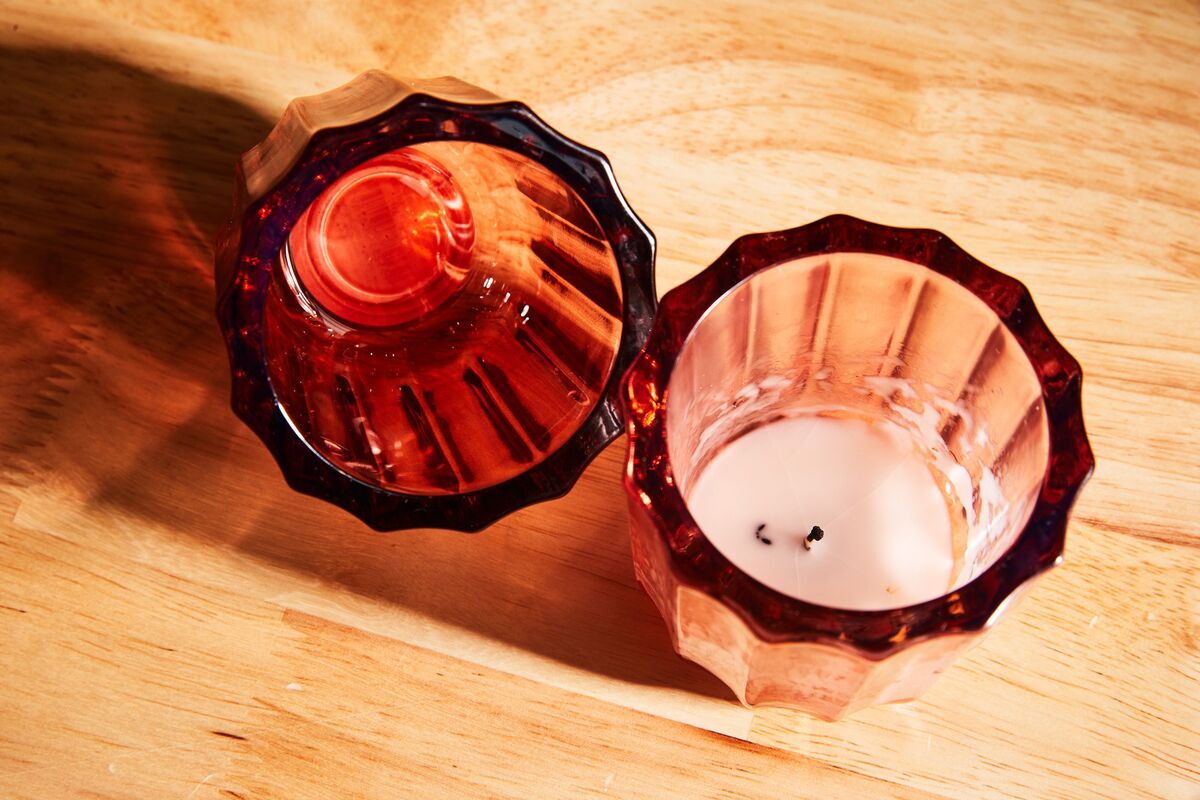
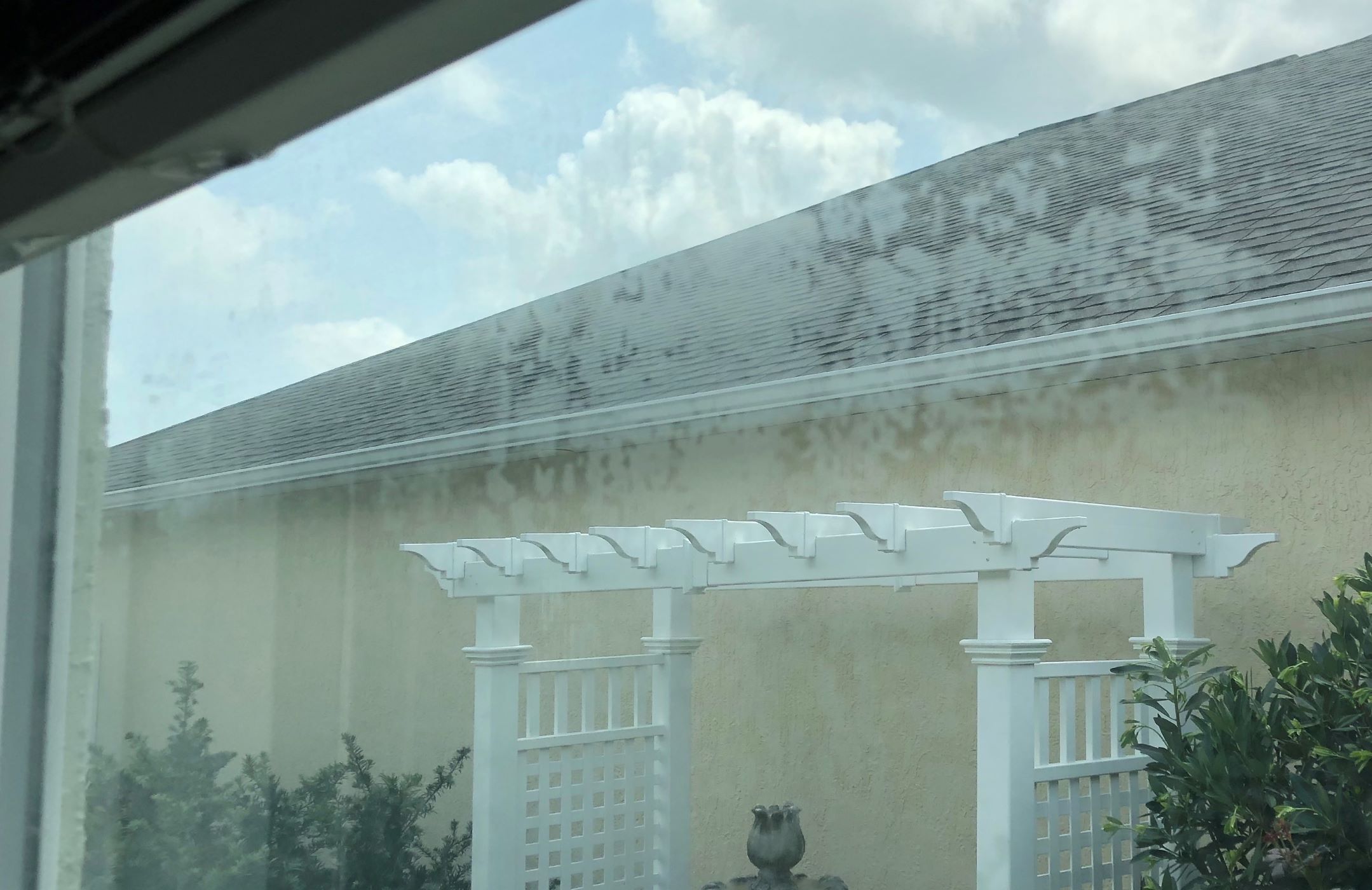
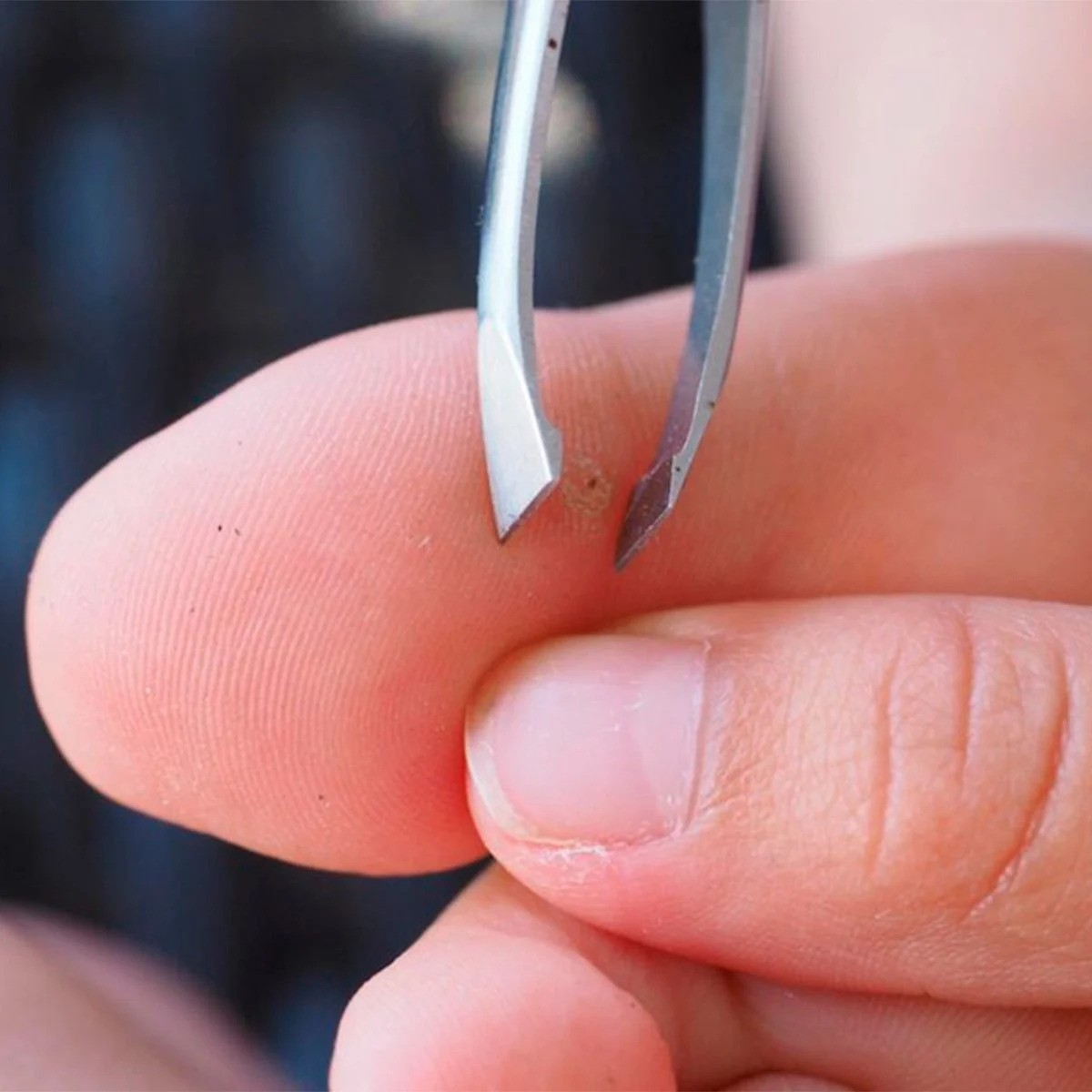
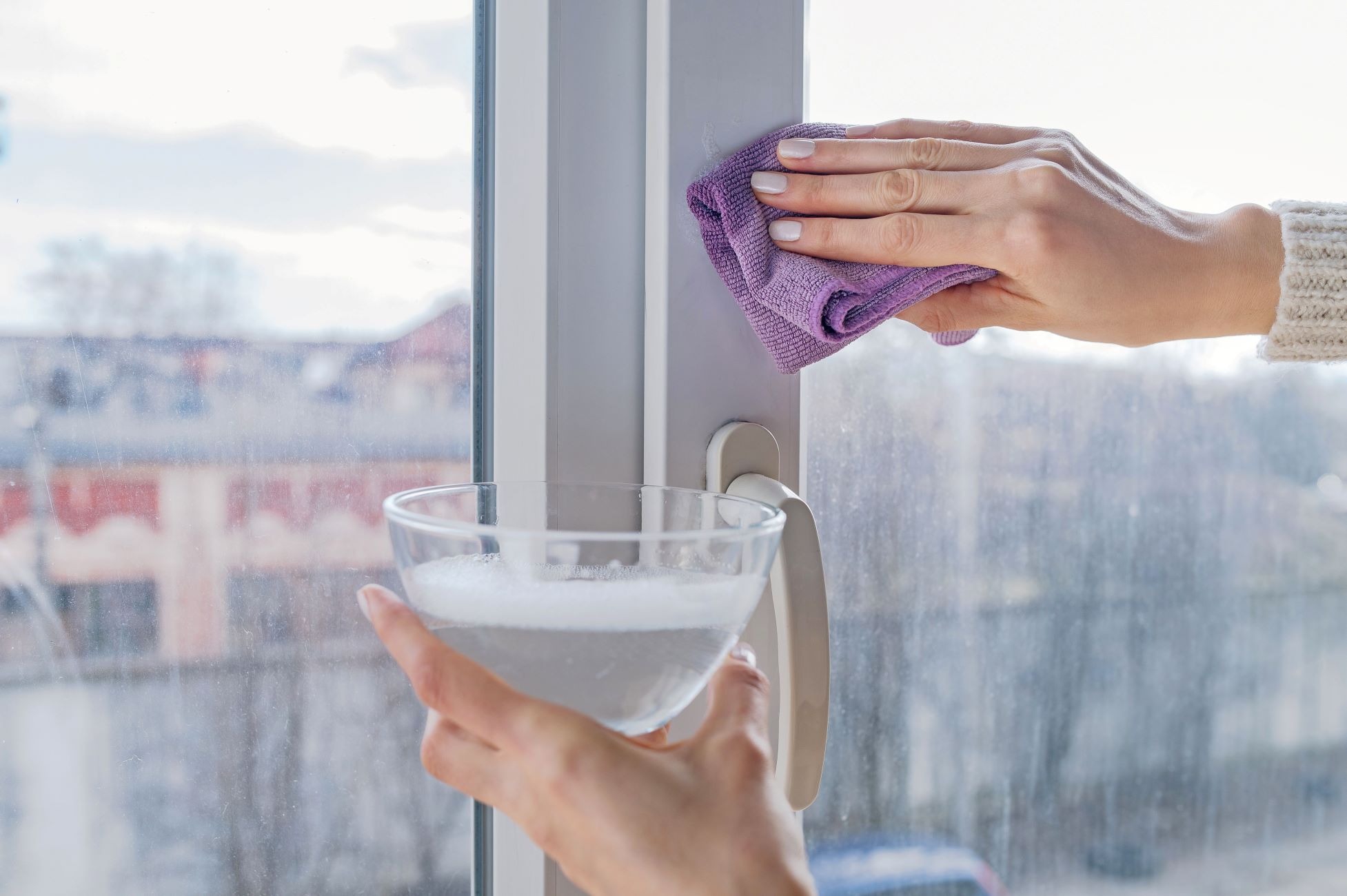
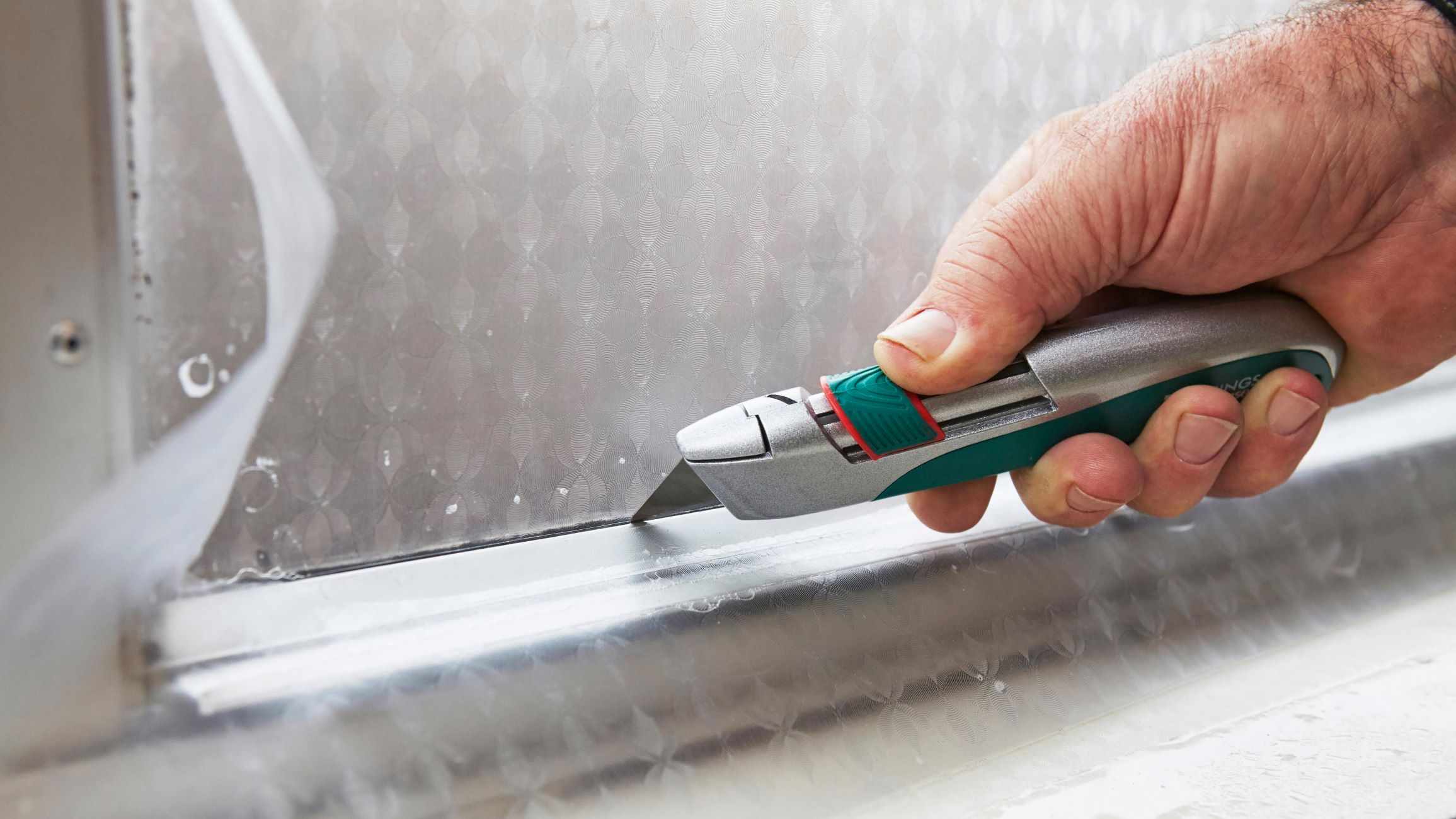

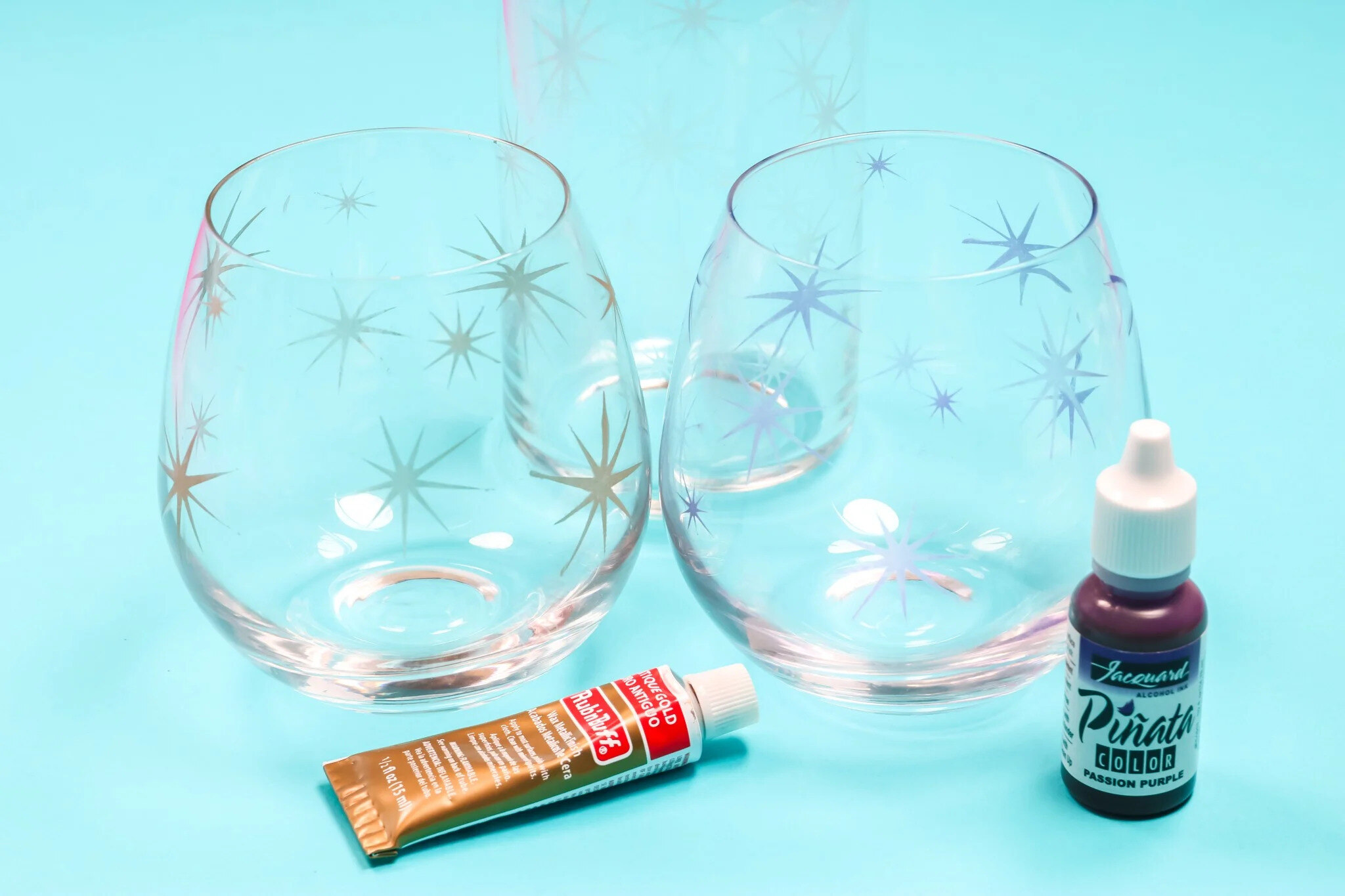

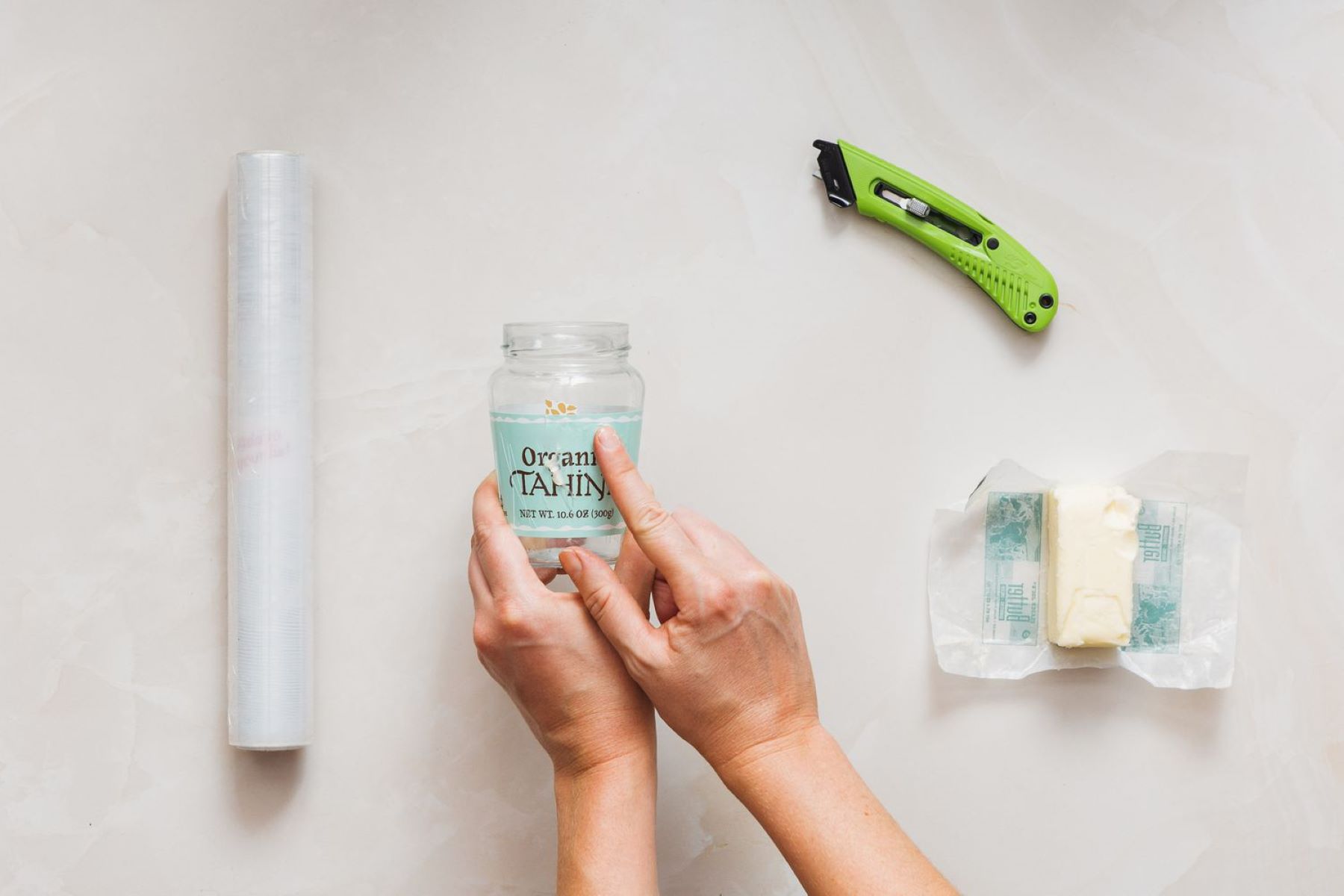
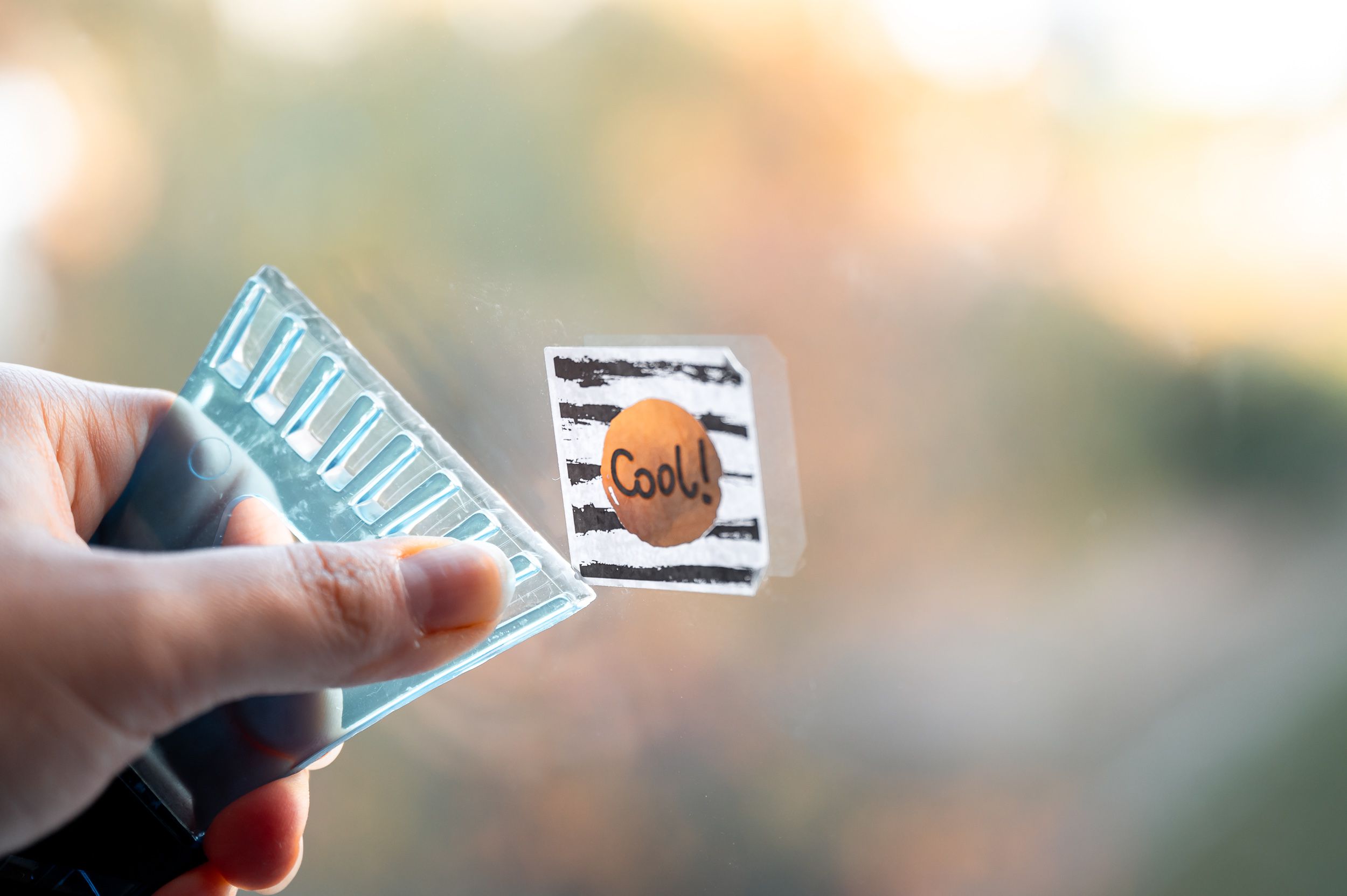
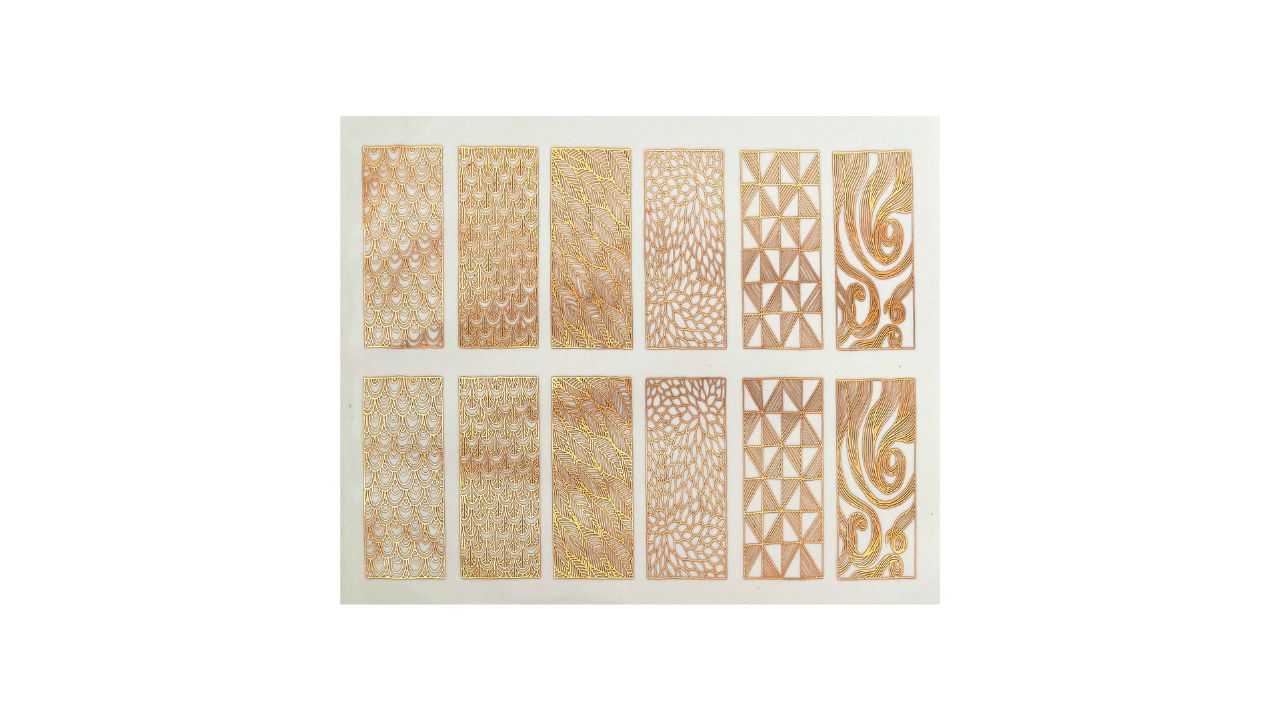
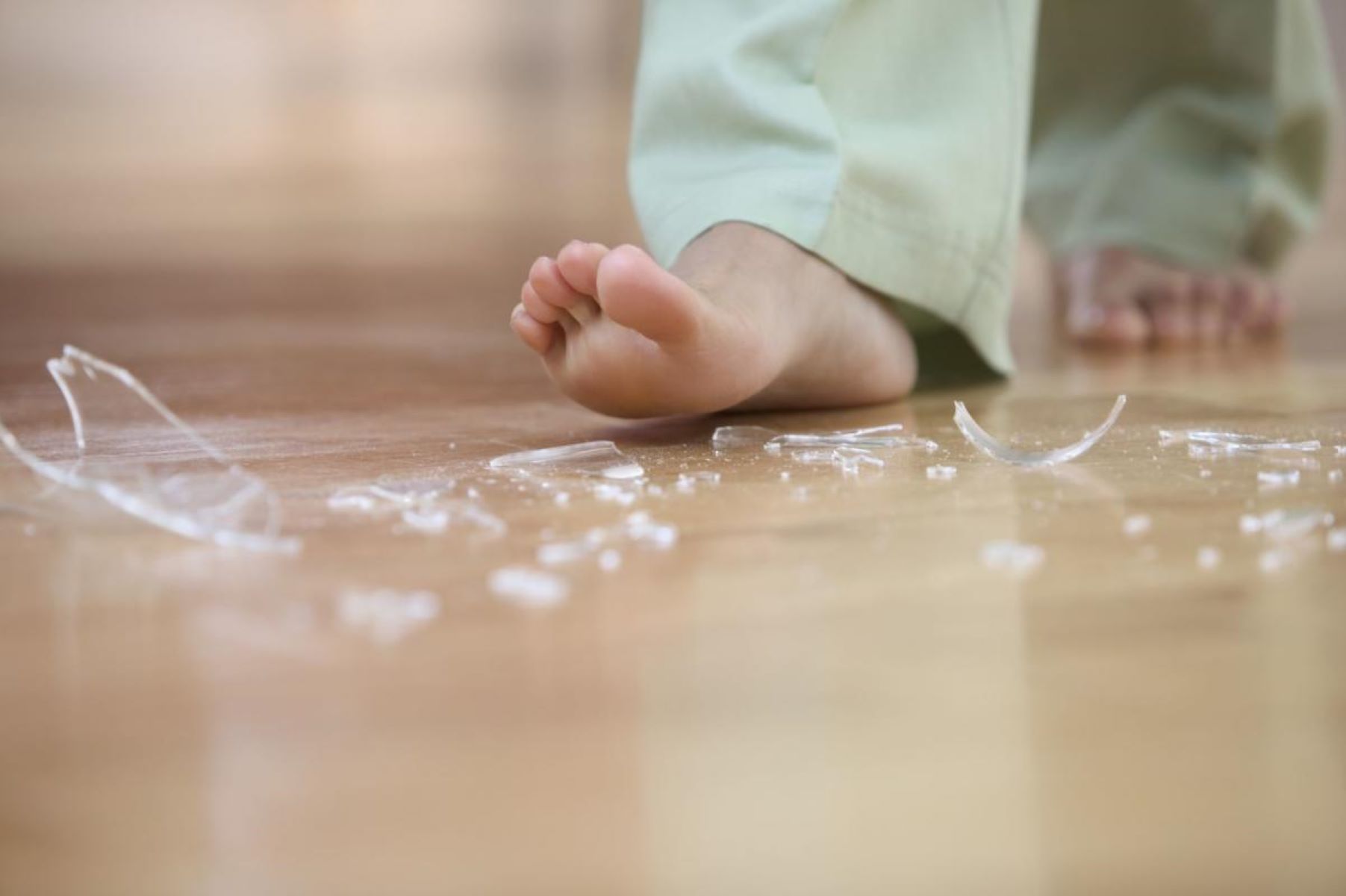

0 thoughts on “How To Remove Dabs From Glass”